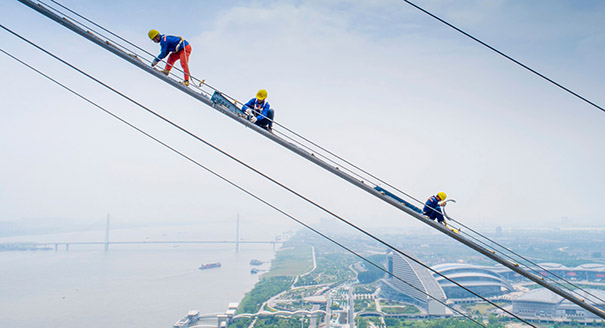Source: Clingendael Institute
In a very short amount of time, a new transatlantic consensus about China has emerged: because China is increasingly moving toward illiberalism in its politics and toward mercantilism in its economics, the U.S. and European governments must better understand, and protect themselves from, Chinese strategies to leverage commercial ties for political and geostrategic leverage. Concerns about China’s mercantilist trade and investment policies have been at the forefront of growing frictions between China, the EU and the United States, but the Belt and Road Initiative has also highlighted worries about the lending of billions of dollars for infrastructure projects by its “policy banks”: the China Export-Import Bank and the China Development Bank. However, even though Europe is the desired end-point of the BRI, little has been written about whether China’s policy banks should be considered part of China’s economic statecraft in the region and, if so, what the response should be.
The findings here demonstrate that while China’s policy banks are indeed key instruments of its broader economic statecraft strategies, including within the BRI, they have so far been only peripheral actors in China’s commercial strategies toward the EU. That said, the China Export-Import Bank has been instrumental in financing a signature, if highly controversial, railway project linking the capitals of Hungary and Serbia. In fact, it is in regions like the Western Balkans, with a number of countries that are not (yet) members of the EU, where China’s policy banks have been most active and welcome. Yet as China seeks to gain greater cooperation with EU counterparts to finance and build transportation and energy infrastructure either inside the EU or as part of Eurasian BRI projects, there is every likelihood that its policy banks will be the key instruments for such partnerships. And even if China’s policy banks are currently peripheral to China’s economic statecraft within the EU itself, they are increasingly at the heart of issues such as debt sustainability in regions like the Western Balkans as well in other countries and regions of importance to EU policy. Europe, as well as the United States, therefore has every reason to better understand the role of China’s policy banks in China's broader efforts at economic statecraft around the globe.






